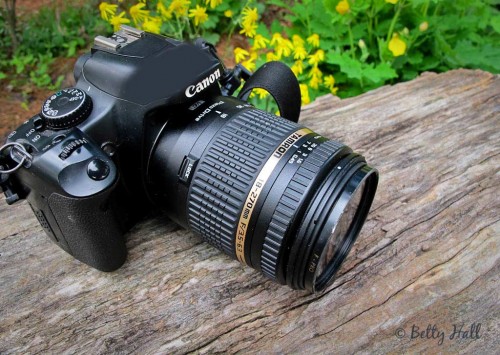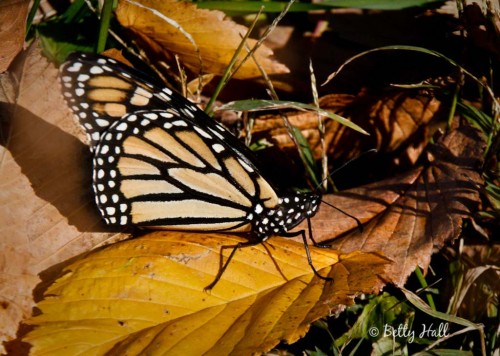This post is in response to recent questions about my photography equipment. Technology is not my strong suit, so I tend to keep my equipment simple. My primary camera is a Canon Rebel XSi. It’s lightweight, just over a pound, which was a big reason for my choice.
Category: Butterflies, moths & caterpillars
I like butterflies!
25 Kentucky native plants to attract birds and butterflies
Six years ago when we re-landscaped our backyard it was a challenge to decide which native plants to include. Other folks have told me they’ve struggled with this too.
I’ve updated my website and added some resources. I hope they will help folks who are new to native plants or those who want to add some natives to their existing gardens. There are new images of butterflies and plants in the photo galleries, and I’ve added pages about native plants, butterflies, and the story of our backyard.
Finally, I’ve created a chart of twenty-five of my favorite backyard plants. Here’s a sample.
Continue reading “25 Kentucky native plants to attract birds and butterflies”
Late-season butterflies
I was surprised last week when I saw a Monarch butterfly (Danaus plexippus) in the backyard. And on Sunday, I saw this one sunning on the ground at The Arboretum.
Purple Coneflower – a favorite perennial
If I could plant only one native perennial, it would be Purple Coneflower (Echinacea purpurea). In June and July, its pinkish-purple blossoms attract numerous butterflies.
It is also a host plant for small Silvery Checkerspot butterflies (Chlosyne nycteis).
Now, in mid-September, the few remaining blooms are less showy and many have been replaced by seed heads.
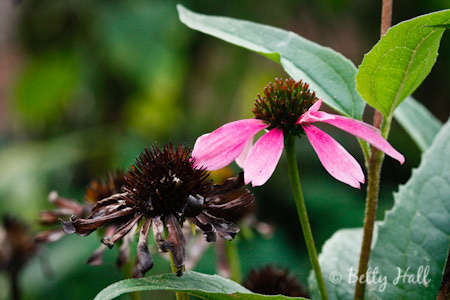
The seeds are attracting goldfinches (Carduelis tristis), one of my favorite year-round backyard birds. I enjoy seeing them and hearing their ‘chatter’ as they feed. The striking yellow and black of the mature males certainly adds a bright spot to the garden. However, they will soon change to a yellowish-olive color for winter, and then the males will closely resemble the females.
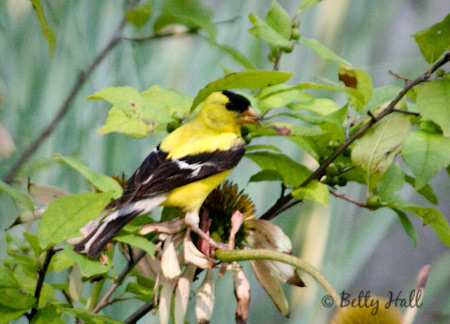
The sturdy seed heads will be empty by January and they will provide visual interest to the garden throughout the winter.
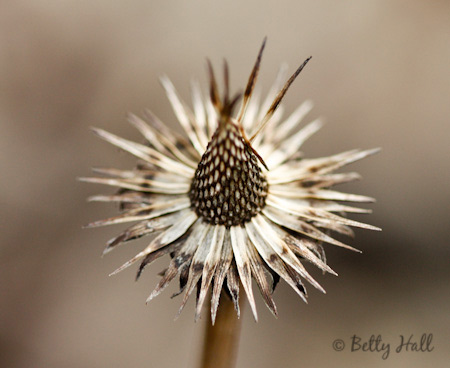
Purple Coneflowers are easy to grow. They are drought-resistant and prefer sun, though mine grow well with some shade. I like the attractive foliage in spring, the beautiful blooms in summer, the food for goldfinches in autumn, and the added texture in the winter garden.
For all these reasons, Purple Coneflowers are among my favorite native perennials.
Two new insects
I’m finding that my interest in butterflies and moths has broadened and I want to know more about all our insects.
I recently found this interesting critter on our Joe-Pye Weed (Eupatorium fistulosum) . I had no idea what it was and couldn’t identify it with our guide books. I finally requested an identification from the BugGuide website and within an hour I had an email identifying it as a Squash Vine Borer moth (Melittia cucurbitae).
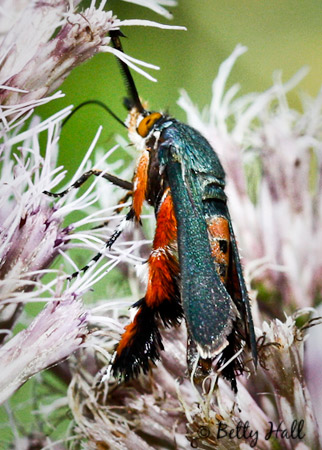
Here’s another strange insect I found recently. Again, I had no luck identifying it with our guide books. However, after spending some time on the BugGuide website I found images and information that helped me identify it as a Leaf-footed Bug (Leptoglossus oppositus).
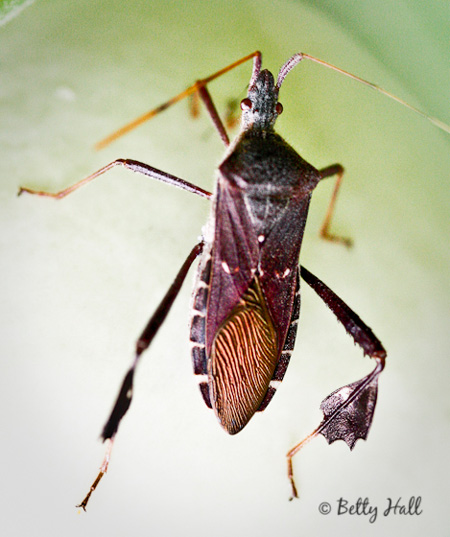 I’m quite impressed with the BugGuide website. It’s an online community of professional and amateur naturalists working together to learn more about insects, and making that information available to others. I think it will be a valuable resource and look forward to using it in my efforts to learn more about all the insects in our backyard.
I’m quite impressed with the BugGuide website. It’s an online community of professional and amateur naturalists working together to learn more about insects, and making that information available to others. I think it will be a valuable resource and look forward to using it in my efforts to learn more about all the insects in our backyard.

